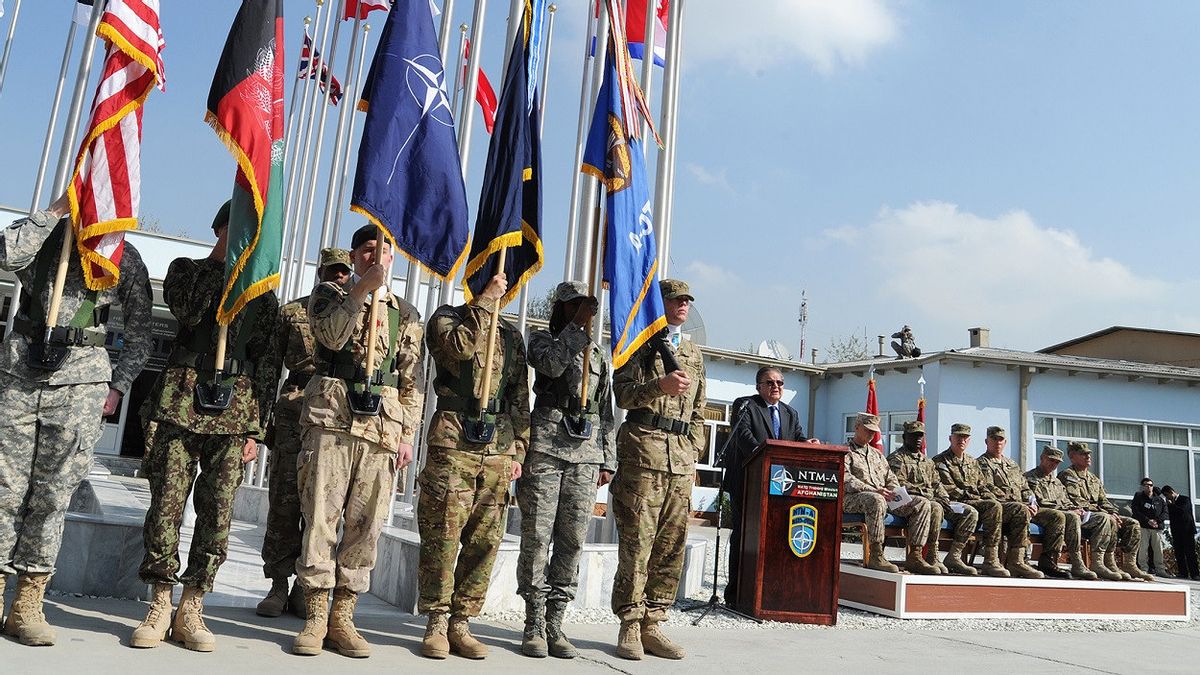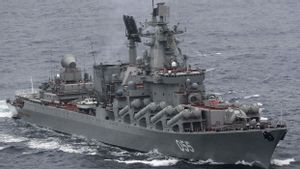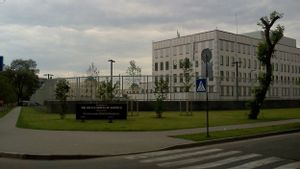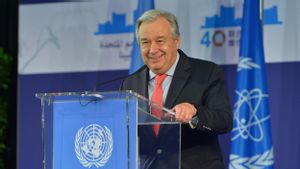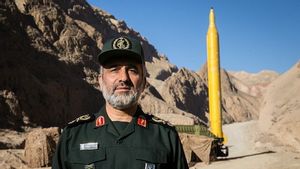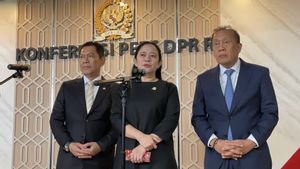JAKARTA - The defense ministers of the North Atlantic Treaty Organization (NATO) countries are expected to implement a plan that could form four multinational combat groups in southeastern Europe in response to Russia's military build-up in Ukraine this week, three diplomats said.
Meetings of Allied ministers on Wednesday and Thursday will decide whether to order their military commanders to draw up plans to deploy combat groups of about 1.000 troops each to Bulgaria and Romania, and possibly to Slovakia and Hungary.
With the NATO meeting as the United States warned of an imminent Russian invasion of Ukraine, diplomats told Reuters ministers were likely to agree on the first step of directing commanders to come up with detailed plans for the four battlegroups on the ground.
"There will be tasks that allow us to increase, but also to reduce if Russia pulls back its military," said a senior NATO diplomat.
It stressed any new battle group would be different from recent allied offers by Britain, the United States, with other ships and aircraft to strengthen NATO's eastern flank.
Ukraine is not a member of NATO and the alliance has no treaty obligations to defend it. Reinforcements in the Black Sea will demonstrate determination in a region of strategic importance, and in countries such as Hungary and Slovakia that border Ukraine.

Any final decision on deployment will come later, although both France and Bulgaria have offered to lead battle groups in Romania and Bulgaria respectively.
The move would be NATO's biggest power posture change since establishing combat groups in Estonia, Lithuania, Latvia, and Poland, backed by tank, air defense, and intelligence and surveillance units, in response to Russia's annexation of Crimea in 2014.
Any deployment would run counter to Moscow's security demands for the alliance to withdraw troops from eastern Europe.
NATO insists that the battlegroup format used in the Baltics is not a permanent troop deployment, but a 'persistent' presence of troops who alternate as tripwires, for a larger response force if Russia invades NATO territory.
VOIR éGALEMENT:
Last week, NATO Secretary-General Jens Stoltenberg had hinted at the possibility of more combat groups.
"We are considering long-term adjustments to our posture, our presence in the eastern part of the alliance. No final decision has been made on that but there is a process now underway within NATO," he said on February 7.
Meanwhile, a French Presidential official said the country's troops would be deployed to Romania, only after a NATO decision. However, with Slovakia and Hungary wary of provoking Russia, diplomats said the alliance could avoid a copy of the Baltic battle group model in the southeast.
Instead, NATO could consider a multinational force led by France in Romania, which would coordinate allied exercises in eastern Europe and allow troops to flow in and out of the region without establishing an official presence.
The English, Chinese, Japanese, Arabic, and French versions are automatically generated by the AI. So there may still be inaccuracies in translating, please always see Indonesian as our main language. (system supported by DigitalSiber.id)
